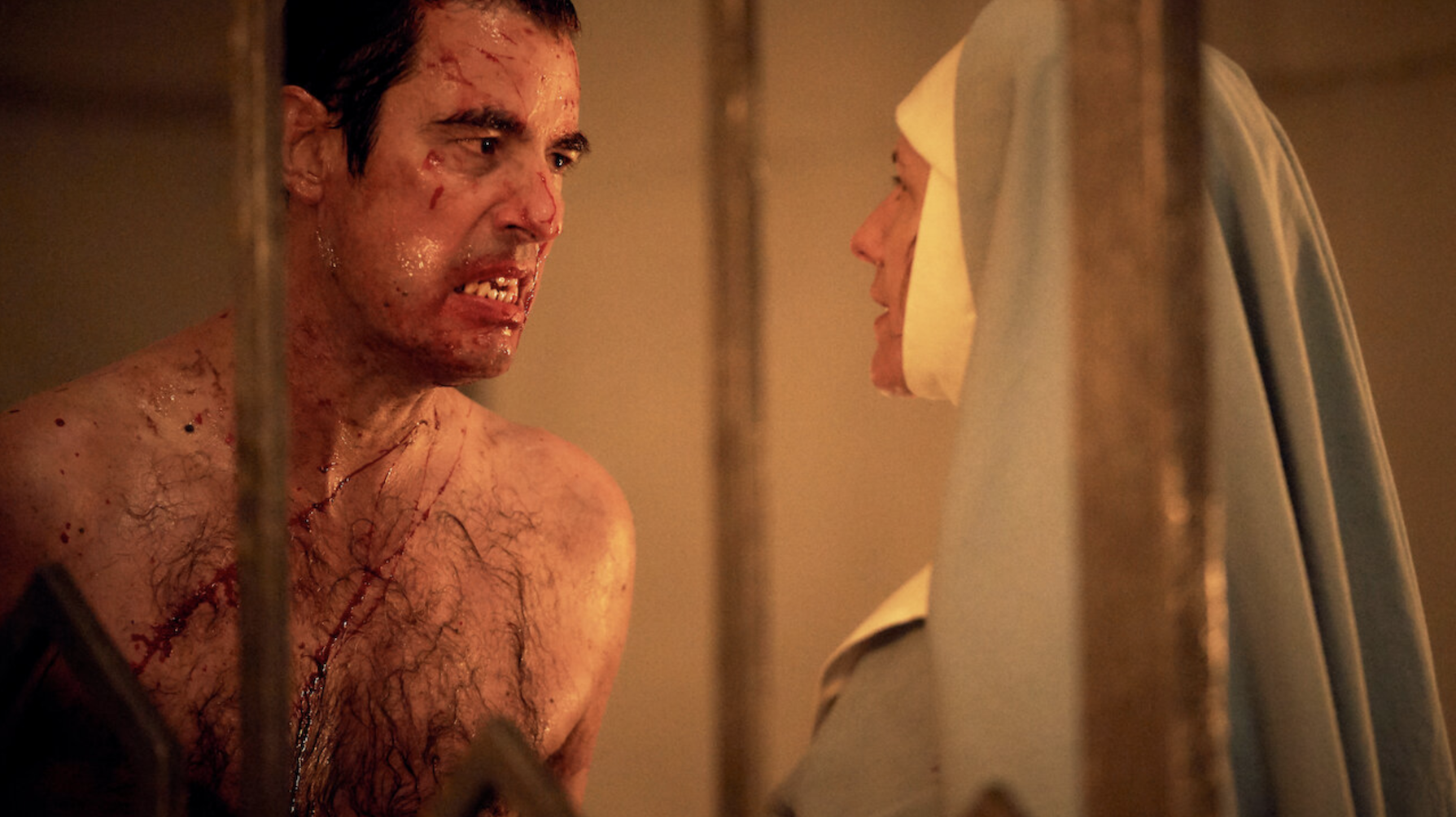Misunderstood by some at the time of its original release, this three-episode adaptation of Dracula from the creators of BBC's Sherlock goes from being a highly satisfying slice of horror to something totally unrecognizable—which is why it's so rewarding to revisit today. Blessed with stellar production design, incredible practical effects, and brilliant performances from a depraved Claes Bang (as the titular vampire) and an impossibly heroic Dolly Wells (Sister Agatha), the miniseries may take many liberties with the source material, but it always builds toward greater themes. And while some problems remain, like its rushed and tonally jarring finale, how the show is ultimately able to explore the distrust that Dracula leaves in his wake, as well as the nature of Dracula as a legend in himself, is well worth the binge.
Synopsis
Transylvania, 1897. The blood-drinking Count Dracula is drawing his plans against Victorian London. And be warned: the dead travel fast.
Storyline
While plotting to infiltrate English society, the sinister Count Dracula faces off against a tenacious nun, Sister Agatha.
TLDR
There's just no going back to CGI over-saturation after seeing the crazy stuff they pull off here practically.
What stands out
For all its imperfections, the third episode really is too interesting to simply dismiss outright, and it's undeniable that it still completes the journey of this series with style and ambition. But there really is no beating the first episode, which retells the Dracula story most people are familiar with—which the series manages to make violent, genuinely scary, and surprising from beginning to end. It works as a standalone mini-movie with a proper ending that's still consistent with the series' overarching themes. And it also just happens to feature one of the gnarliest practical effects a horror fan should feel fortunate to see.









